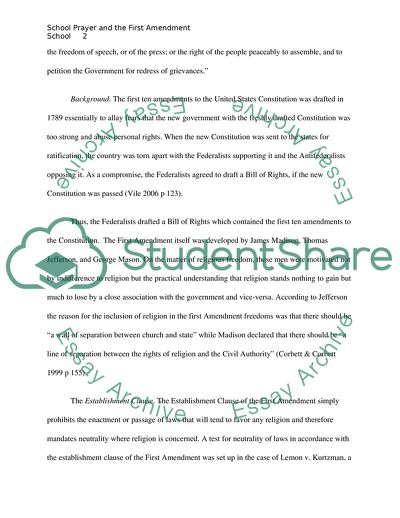Cite this document
(School Prayer and the First Amendment Coursework, n.d.)
School Prayer and the First Amendment Coursework. https://studentshare.org/law/1718083-school-prayer-and-the-first-amendment
School Prayer and the First Amendment Coursework. https://studentshare.org/law/1718083-school-prayer-and-the-first-amendment
(School Prayer and the First Amendment Coursework)
School Prayer and the First Amendment Coursework. https://studentshare.org/law/1718083-school-prayer-and-the-first-amendment.
School Prayer and the First Amendment Coursework. https://studentshare.org/law/1718083-school-prayer-and-the-first-amendment.
“School Prayer and the First Amendment Coursework”. https://studentshare.org/law/1718083-school-prayer-and-the-first-amendment.


